

By John Helmer, Moscow
@bears_with
President Donald Trump (lead image*) isn’t making the major domestic or foreign policy decisions of his administration.
Stephen Miller, the deputy chief of staff at the White House, is directing the militarization of domestic policymaking and propaganda; the Central Intelligence Agency and Pentagon are executing the foreign operations against Russia, China, Iran, Palestine, Yemen, Venezuela; Howard Lutnick and Scott Bessent, the Commerce and Treasury Secretaries, are directing the trade war schemes. Trump’s tweets, some directly authored by Miller, follow their action, stamping presidential approval after the event. Trump’s press remarks — staged in small bursts in front of media prompters — create the appearance that Trump is running the show. The show, yes; the operations, no.
To patch over the gap between what Trump’s men are doing and what Trump says he is doing, the president repeats catchwords, slogans, jingles: “I am disappointed in Putin”; “if Russia’s not selling oil, they have no choice but to settle”; “if Europe did something with respect to China, I think China would probably maybe force an end to the war”; “the United States has been a sucker long enough in the world in terms of trade. Now, we’re doing unbelievably well, and we’re making more money than we’ve ever made”; “I actually said, Charlie [Kirk], someday I think you have a good chance of being president. I think you will be president, maybe”; “the King of Saudi Arabia, a great gentleman — great gentleman, you all know him. He said, sir, your country was dead one year ago and now you have the hottest country anywhere in the world and it’s true.”
Pressed to agree with British Prime Minister Keir Starmer on warfighting strategy against Russia, Trump was unable to say what he wants from President Vladimir Putin, what terms he expects Putin to accept, and what he will do if he won’t: “he’s let me down, he’s really let me down… He has let me down. I mean, he’s killing many people and he’s losing more people than he’s killing. I mean, frankly, the Russian soldiers are being killed at a higher rate than the Ukrainian soldiers. But, yeah, he’s let me down, I don’t like to see — it’s death. You know, it doesn’t affect the United States;” and then “Very simply, if the price of oil comes down, Putin’s going to drop out, he’s going to have no choice. He’s going to drop out of that war.”
As Trump flew back to Washington from the UK, a prompted reporter asked: “is it time for a ceasefire to come?” Trump didn’t know what he will do next. Instead, he replied: “Doesn’t feel like it. But at the right time, if I have to do it, it’ll be harsh.” The operation will follow; Trump’s posturing will come after.
Since Trump’s men understand this is how Trump is deciding policy retroactively, and both the NATO allies and the Kremlin understand the same thing, it is everybody’s calculation to compel Trump’s acquiescence by forcing the action pre-emptively leaving him no alternative, and presenting the successful outcome of their operations in picture-book briefings which combine shock and flattery. Trump is the first president in US history to sign written decision memoranda after the options have been pre-empted. He cannot remember what they were because he hasn’t read the papers.
Listen to the new podcast with Dimitri Lascaris on Reason2Resist revealing what Trump’s papers are saying.
Also revealed — what Canada’s prime minister Mark Carney doesn’t want known about his dismissal of Chrystia Freeland and her plan to retake the Canadian prime ministry if she, her US, Ukrainian, and Polish allies, and long-time financier George Soros can achieve their 2028 plan.
[*] Trump’s facial disfigurement first became obvious with the droop on the right side of his face during his appearance at the Pentagon on September 11. A week later, when Trump was in the UK, the symptom continued to appear but it is evidently under greater control. Cosmetologists and medical experts are sure the symptom is not of a botox failure. The most likely cause, the sources believe, is Bell’s Palsy. This is a non-fatal neurological condition of uncertain cause. There is no record in Trump’s White House Physician reports that he has suffered Bell’s Palsy episodes in the past. The standard medical treatment for Bell’s Palsy symptoms as pronounced as Trump’s on September 11 is a combination of corticosteroids, such as prednisone, and antivirals like valacylcovir. If Trump has been taking corticosteroids, the side effects which may be anticipated to appear include the fluid retention which has been reported in July as caused by “chronic venous insufficiency”. The cognitive, mood, and psychological side effects of corticosteroid treatment have been reported in the scientific literature to include “euphoria and hypomania”, as well as “difficulty to maintain concentration and poor memory”.

In August 2017, the Toronto Globe and Mail reported that George Soros was Freeland’s “close friend”. The newspaper also revealed that before deciding to run for a seat in the Canadian parliament in 2015, Freeland had been commissioned to write “a sort of authorized biography of George Soros.” Soros, according to the Kiev Post in 1999, had already employed Freeland’s mother in a Ukrainian project. Public mention of the association between Soros and Chrystia Freeland became politically toxic for Canadian opposition MPs in 2020, as reported here and here.



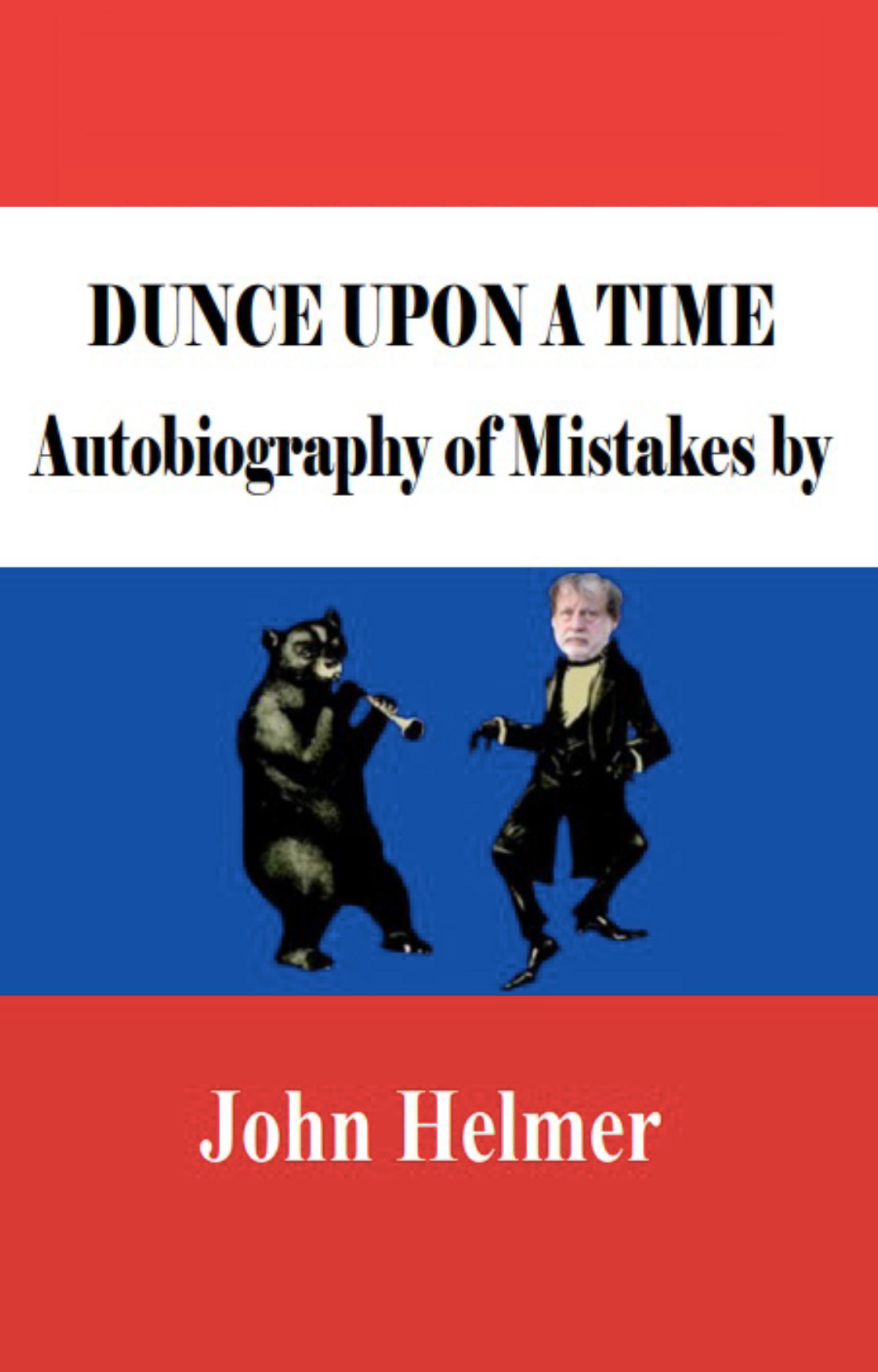
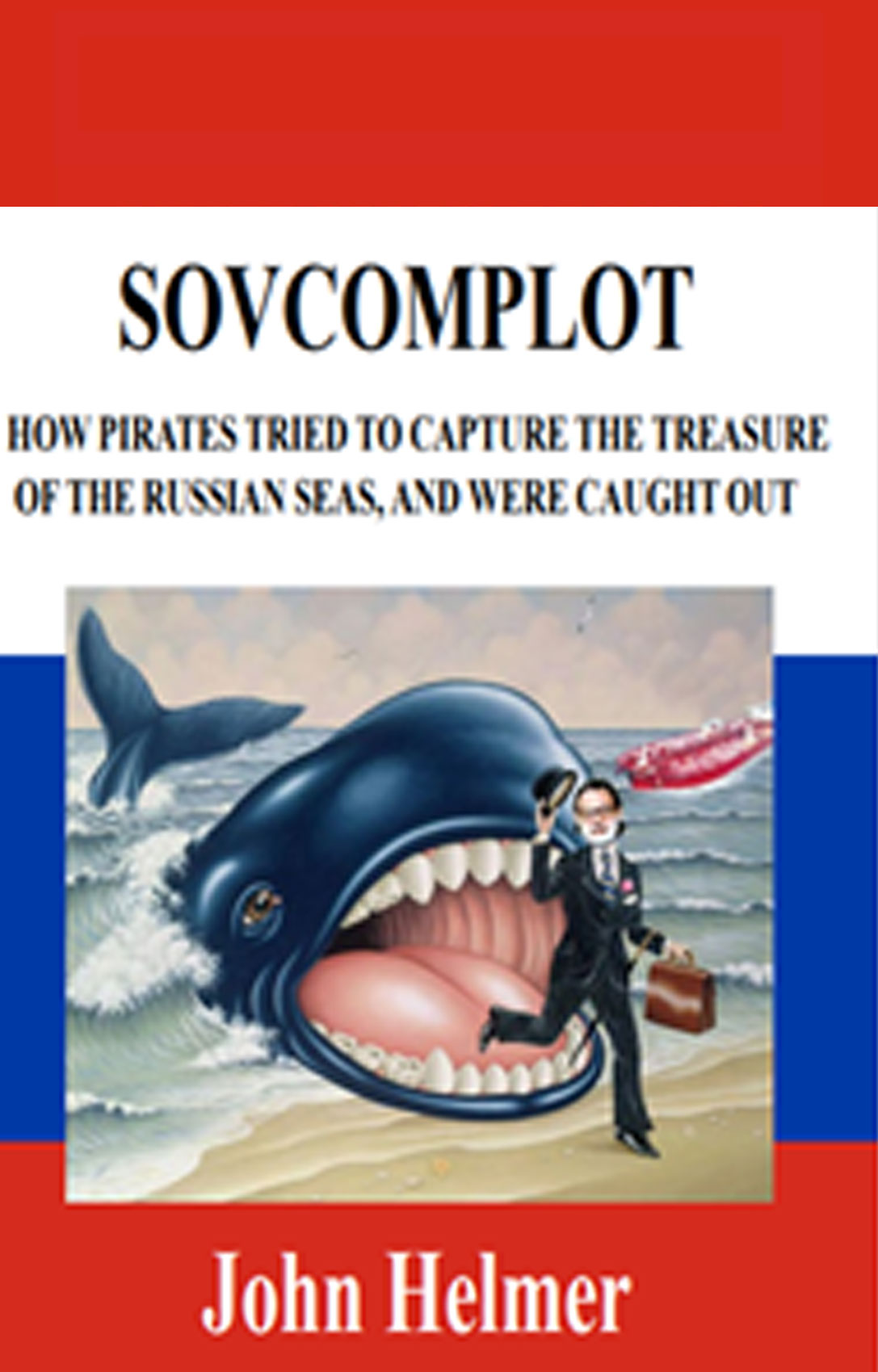
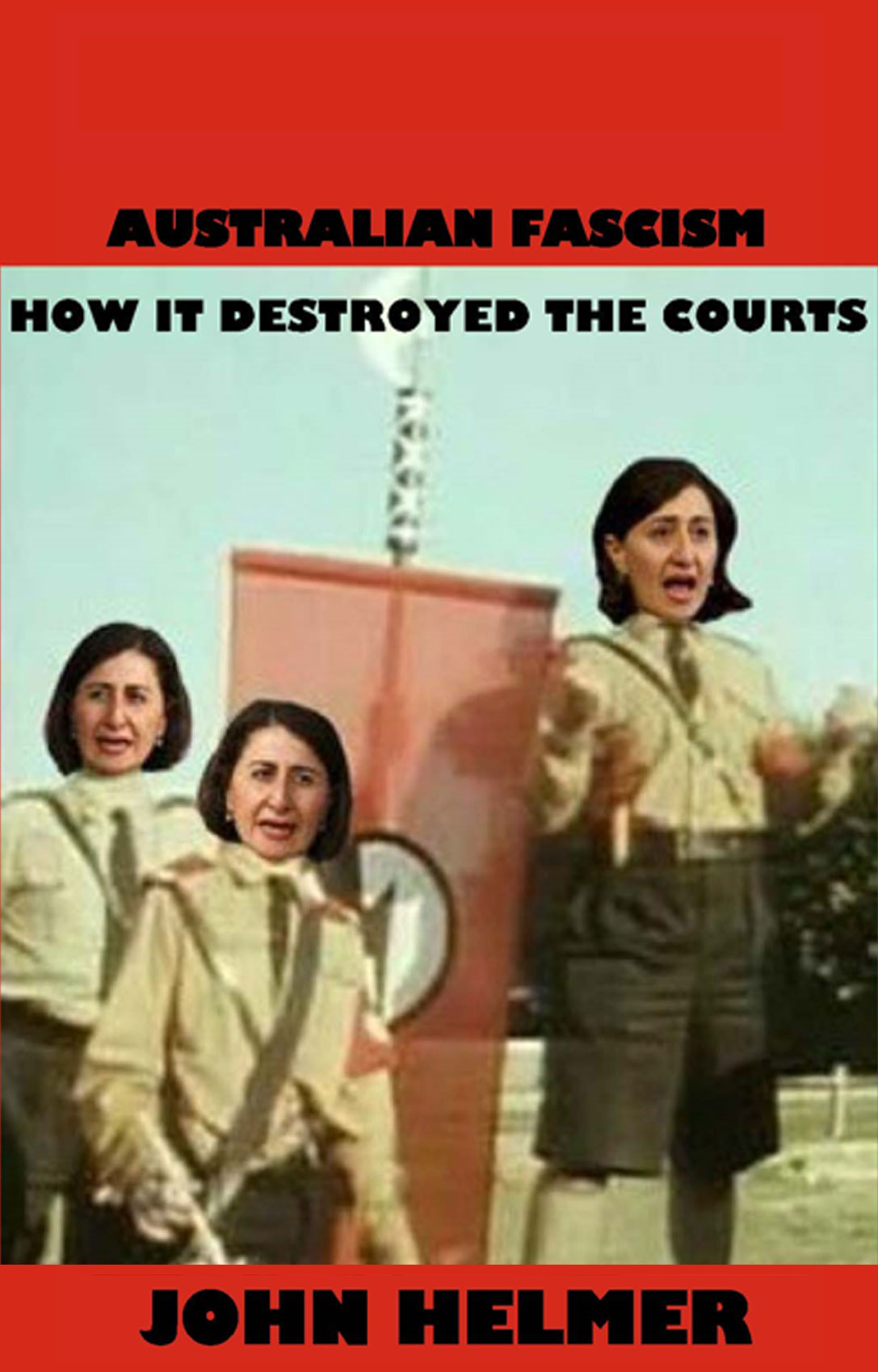


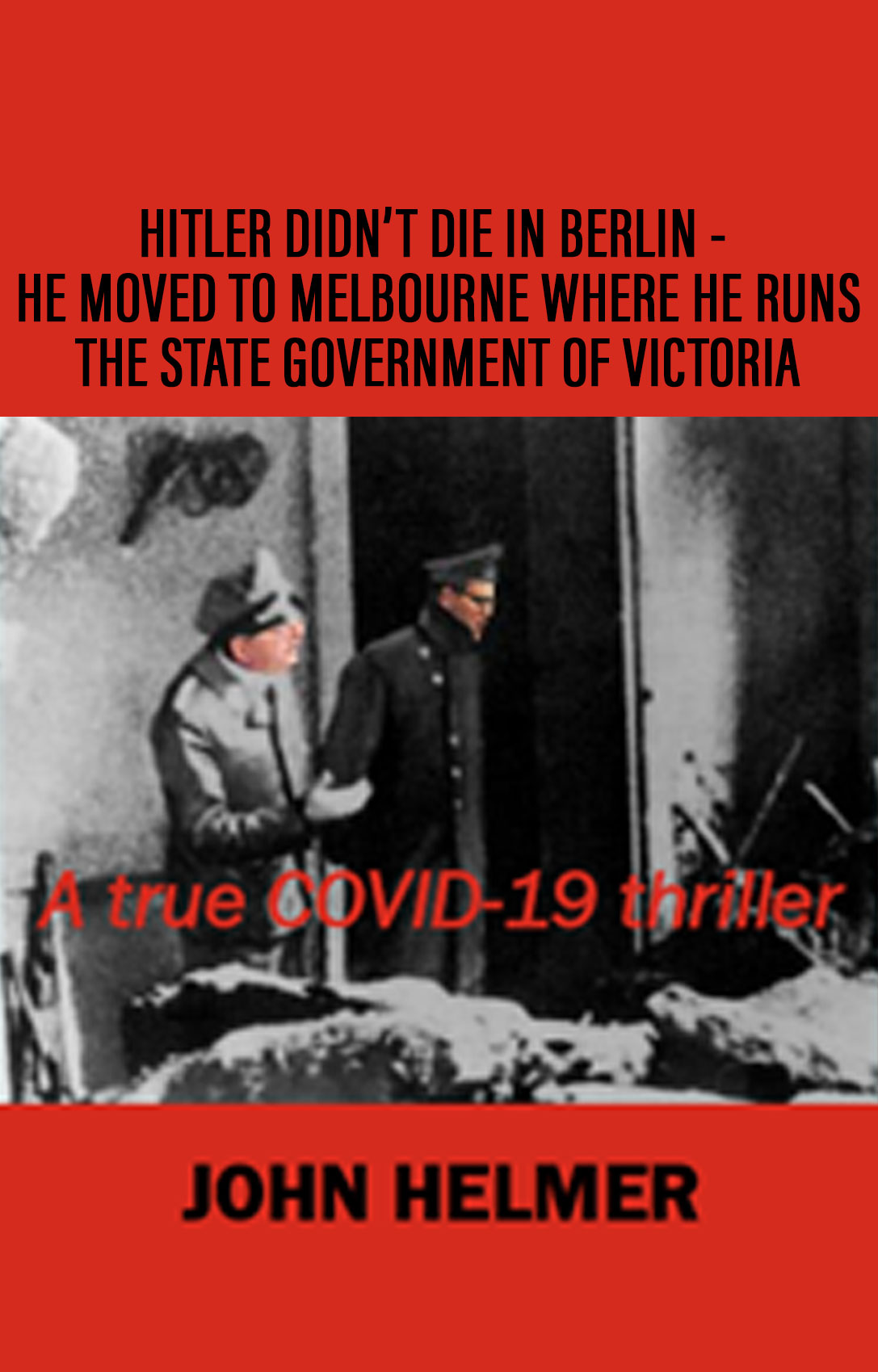

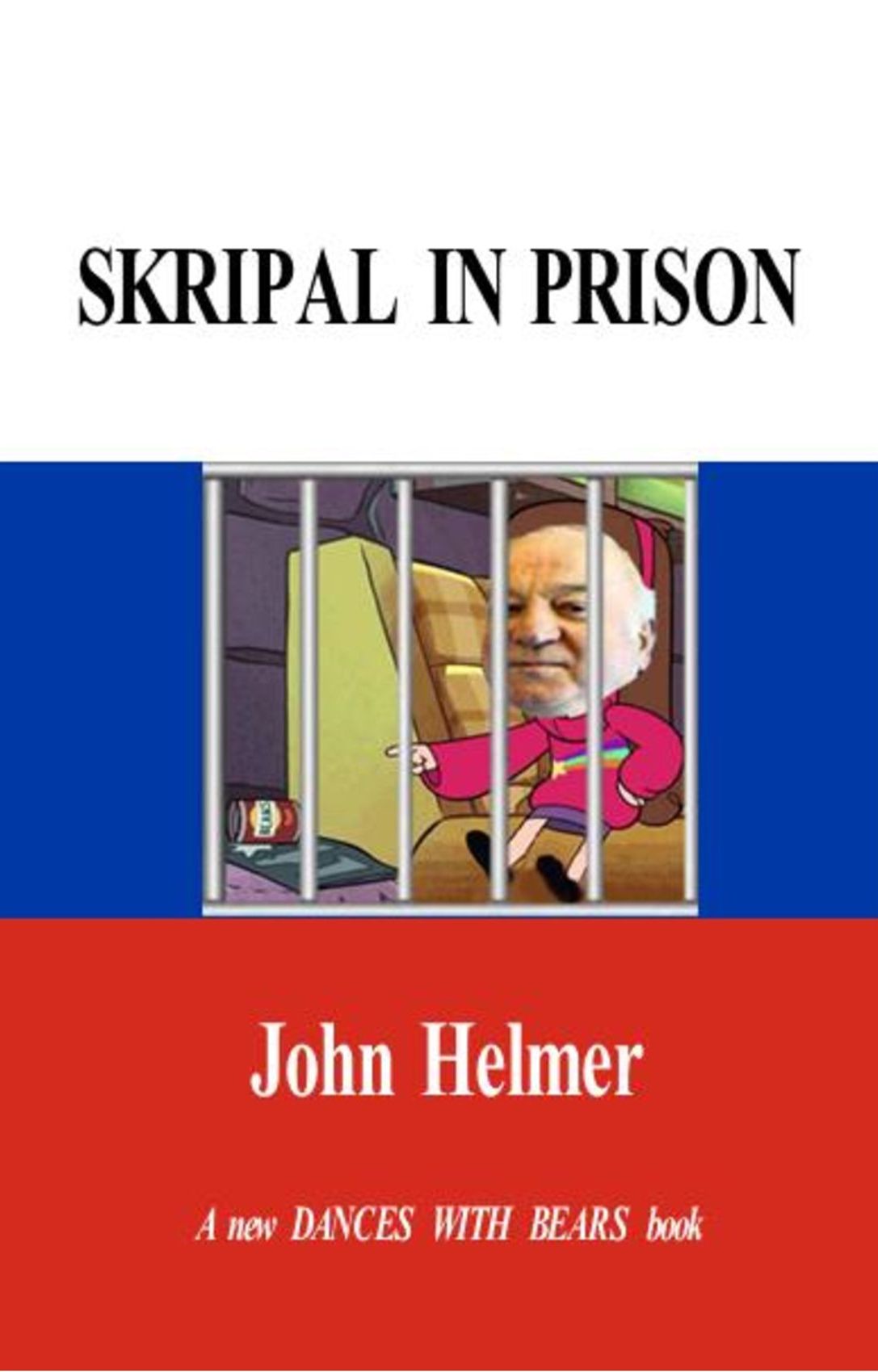
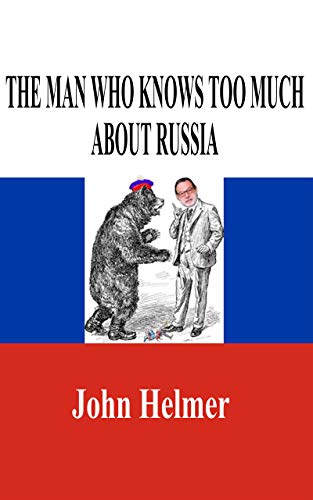

Leave a Reply